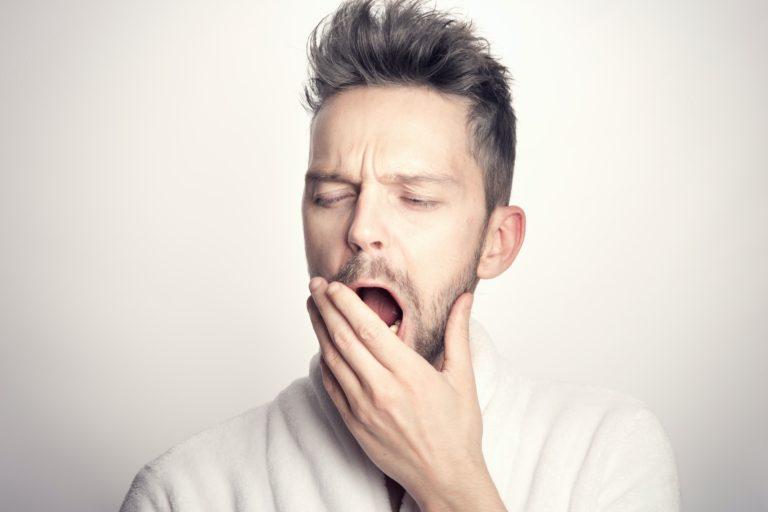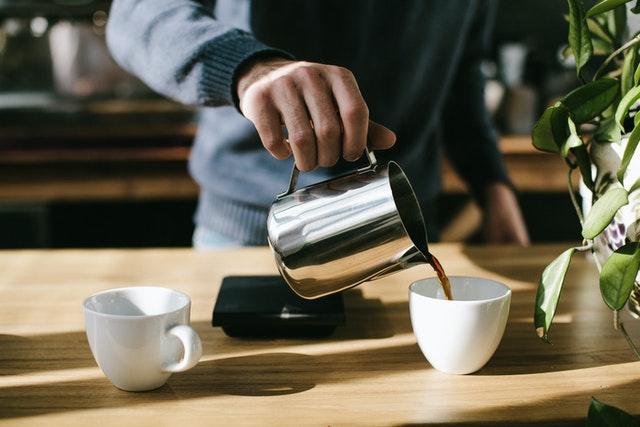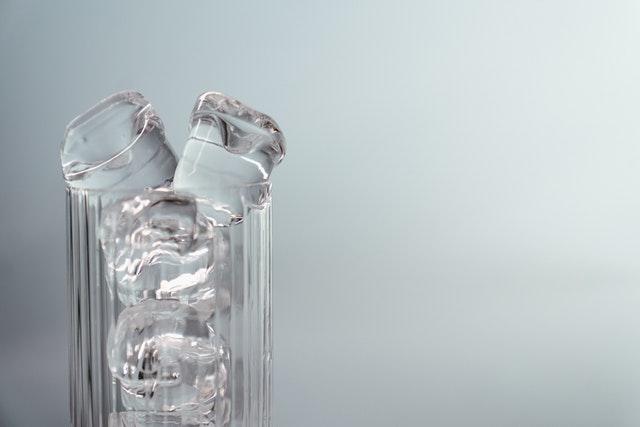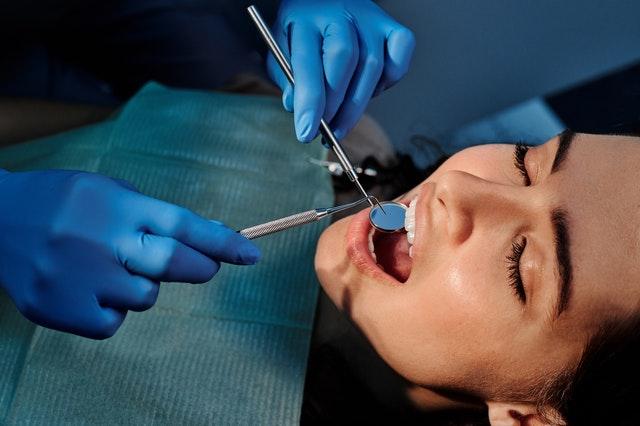8 Surprising Causes of Stain On Teeth
There are many factors that can change the color of your teeth. Stain on teeth is a common reason why your teeth may be discolored and dull. There are several common causes of stain on the teeth and most can be avoided.
This article will outline the main causes of stain on the teeth, what you can do to get rid of the stain, and how you can avoid it in the future.
Table of Contents
Top Causes of Stain On Teeth
A dental stain is a discoloration of the tooth that prevents the white, bright appearance we all want. In most cases, stain on teeth can be removed in many different ways.
There are two types of stains: intrinsic stains and extrinsic stains.
Intrinsic stain is discoloration on the inside layer of the tooth. This reflects through the outer layer and appears as a yellow or grey hue.
Extrinsic stain is when the discoloring is attached to the outer layer of the tooth. This superficial stain is easier to remove.
Understanding the reason why your teeth are stained can help you choose the best way to brighten your smile. Identifying the cause of stain on teeth is the best way to prevent staining in the future.
1. Foods & 2. Beverages

One of the most common causes of stain on teeth is from foods and beverages. Natural or added coloring will adhere to the tooth’s surface and cause staining. Stain on the teeth from food and beverages are some of the easiest to figure out as well.
Common foods and beverages that discolor the teeth are:
- Coffee & Tea: Chromogens are the primary staining agent in these beverages that provide a dark color. The coffee and tea will stain regardless of whether hot, iced, or with/without cream.
- Dark Sodas: These are acidic, high in sugar, and usually contain a caramel food coloring that stains.
- Colored Sports Drinks: The added food coloring will stain teeth.
- Red Wine: Chromogens and tannins will cause staining.
- Berries: Strawberries, blueberries, blackberries, pomegranates, and cherries can discolor the teeth. This is also true with juices and smoothies.
- Pasta Sauce: The deep coloring can make the teeth turn yellow. The high acidity can also weaken enamel and discolor the teeth.
- Seasonings: Certain seasonings like turmeric and saffron have strong, bold colors that can attach to the tooth’s surface.
3. Drinking Habits
How you drink beverages impacts how they attach to the tooth surface. Minimizing drinking times can help cut back the stain on the teeth. It’s better to drink beverages (other than water) in one sitting rather than sipping and repeatedly splashing against your tooth’s surface.
After taking a sip, do you immediately swallow, or do you pool/swish it around your teeth? This also impacts stain adherence. Try not to hold any liquids in your mouth and just swallow it right away.
Swishing red wine or coffee through your teeth is a sure way to develop stain on teeth.
4. Tobacco Use
Using tobacco products can change the color of your teeth. Smoking and chewing tobacco both cause staining and discoloration. Nicotine stains can build up fast on the tooth surface making them appear yellow and brown.
The stain buildup also adds a rougher tooth surface for bacteria to cling to increasing cavity risk. Smoking increases your risk of oral diseases such as gum disease and cancer.
It’s important to always let your medical and dental professionals know what tobacco products you use and how frequent. If you have tobacco stain on the teeth, chances are you probably know it already.
5. Mouth Breathing

There are increasingly new studies showing how detrimental mouth breathing is for your health. Breathing through your mouth decreases the saliva flow. Your spit does a great job washing away food and beverages before they adhere to the tooth surface and cause stain on tooth.
When breathing through your mouth, you don’t allow your saliva to help wash away the stain on the teeth since your mouth becomes too dry.
For more information on mouth breathing, check out our article Comparing A Mouth Breather vs Nose Breather.
6. The Condition Of Your Teeth
There are many different shades of tooth color ranging from white, yellow, and grey hues. The condition of your teeth can impact their appearance and can be mistaken for stain on the teeth. Common discoloring teeth conditions are:
- Tooth Anatomy: Most adult teeth are naturally yellow and grey shades. The color of the teeth is unique, just like hair and eye color.
- Tooth Staining: Natural and processed dyes are commonly added to foods and beverages. These can attach to the teeth and cause a yellow in teeth appearance.
- Weakened Enamel: The teeth are made up of multiple layers, enamel being the outer protective layer. Compromised enamel can cause thinning of the outer layer and expose the inside yellow dentin layer.
- Exposed Roots: The roots of the teeth are darker than the enamel. When the gumline is pulled back and receded, the roots are exposed.
- Cavities: Tooth decay will cause discoloration of the teeth, especially when the cavity is large. Cavities will continue to grow when left untreated. Contact your dentist today if you think you have a cavity.
- Acid Erosion: Over time, acids will wear away at the enamel layer of the tooth and discolor it. Acids from foods, beverages, and stomach acid can all damage the teeth.
7. Medication
Certain medications can come with the side effect of discoloring your teeth. Talk to your doctor today if you have this concern. Always consult your doctor before stopping or changing any medications.
Medications that can cause stain on teeth are:
- Certain Antibiotics: Tetracycline and Doxycycline taken can cause the teeth to be discolored. These medications react with Calcium ions and disrupt baby teeth and adult teeth.
- Antihistamines: Most antihistamines have a side effect of dry mouth. Without proper saliva flow to clean off the teeth, stain easily adheres to the tooth’s surface.
- Anti-Hypertension Medications: Similar to antihistamines, these medications also cause dry mouth for many people.
8. Poor Oral Hygiene
Poor oral hygiene habits is a common cause of stain on teeth. Plaque builds up daily on the teeth’s surface that appears yellow. Calculus is hardened plaque that adheres to the tooth if not removed daily. Calculus can appear yellow, brown, and black.
Poor brushing and flossing habits can also lead to increased stain levels. There are many staining properties to foods and beverages that if not removed daily, can discolor the teeth.
Practicing good oral hygiene is probably the best way to avoid getting stain on the teeth. To learn more about how to develop great oral hygiene habits, check out our article Your Guide to a Healthy Smile.
Getting Rid Of Stain On The Teeth

There are several ways you can remove stain on teeth and brighten up your smile. Depending on what caused the stain and what type of stain, your treatment might differ. Consult your dental professionals to find out the best way to brighten your teeth.
- Dental Cleanings: If your teeth are stained, your dental hygienist will skillfully remove micro stains from the surface that can’t be done at home. Getting your teeth cleaned at least every 6 months will keep your smile strong.
- Learn more with our Breaking Down The Dental Cleaning article.
- Whitening Treatments: There are several different whitening treatments that will help if your teeth are stained. There are over-the-counter whitening kits or professional treatments that can help improve your smile.
- Check out our Effective Teeth Whitening Treatments article.
- Oil Pulling: Coconut oil has been used in Ayurvedic medicine for thousands of years. Coconut oil is a natural whitener and its antimicrobial properties help target harmful bacteria.
- How: Swish with organic, unrefined coconut oil for 5-20 minutes before brushing and flossing. Coconut oil can clog your drain so spit it out in the garbage can.
Preventing Stain On Teeth
- Drink Through A Straw: Drinking through a straw can help prevent stain on teeth from building up on the tooth surface. By using a straw, dark liquids will bypass your front teeth and prevent pooling around the tooth surface.
- Brushing & Flossing: The daily mechanical removal of stain, plaque, and bacteria is key to avoiding stain on teeth. An electric toothbrush will efficiently remove all debris and stain. Flossing is equally important to remove stains where the two teeth meet. Brushing only takes care of 2/3rds of the tooth surface.
- Products: There are hundreds of whitening products on the market today that help maintains a white smile. These whitening tools can also help your teeth brighten and prevent stain. Ask your dental professional what whitening products and system is best for your individual smile.
- Avoid Charcoal Pastes: Charcoal is very abrasive and daily use can destroy the enamel. Enamel is the shell of the tooth and is vital in protecting your tooth structure. Enamel wear can cause sensitivity and increase cavity risk.
For additional tips and tricks, check out our article Top Industry Tips for Whitening.
Frequently Asked Questions
Can stained teeth go away?
Staining on the teeth won’t go away on its own. Once the stain attaches to the tooth’s surface, it will need to be mechanically removed. Mechanically removing stain on the teeth can be getting a dental cleaning, brushing and flossing with whitening products, or using a whitening kit.
How do you get hard brown stains off your teeth?
Hard brown stains are difficult to remove on their own. The stain is usually several layers thick and may be in the form of hardened plaque (calculus).
The best way to remove these discolorations is through a professional dental cleaning. After the cleaning, you can maintain a bright smile by using whitening treatments.
Take Home Smile Store
Visit our Take Home Smile store for educational brochures and other fun printables to help with oral hygiene. All products can be customized to fit your dental needs.



